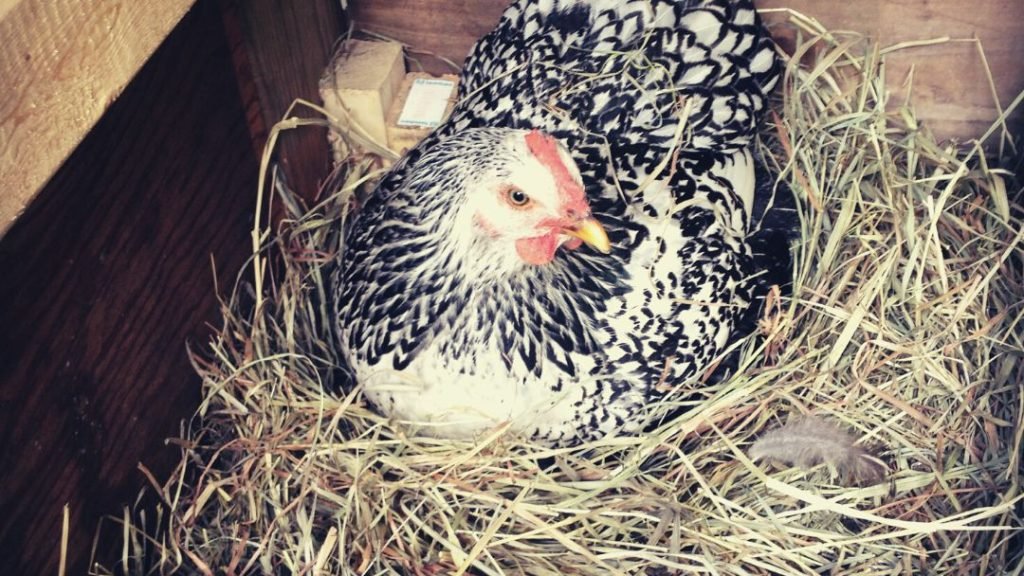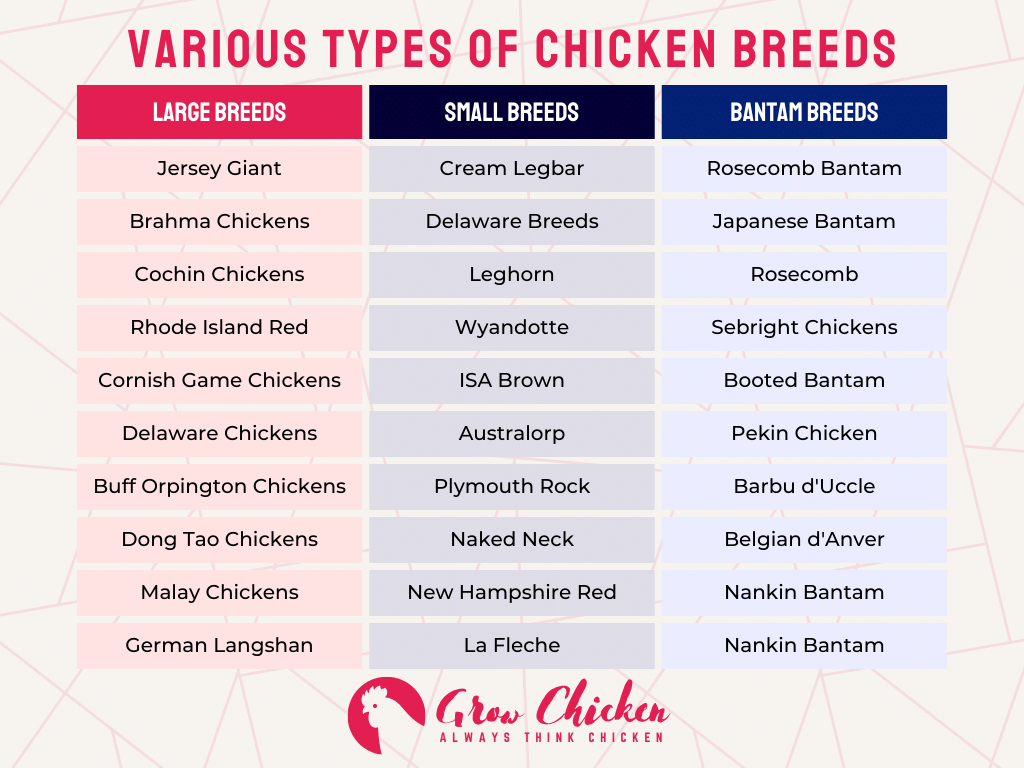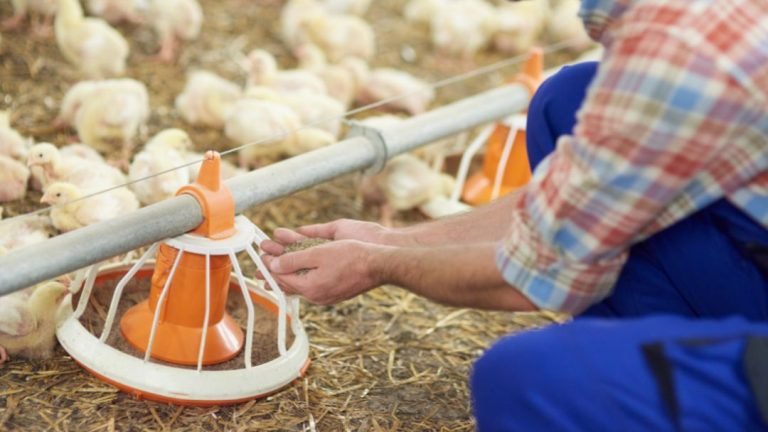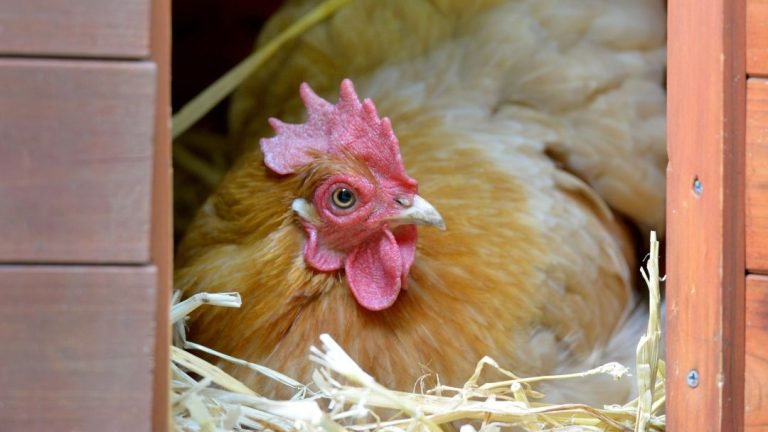Ever wondered who first invented chicken nesting boxes? The British conservationist Charles Waterton developed them in the early 19th century. These boxes have evolved a lot over the year. Nesting boxes are a safe and secure location for laying eggs and protecting eggs from breakage.
Does each chicken need its own nesting box? Each chicken doesn’t need a separate nesting box. You can keep two or three birds in a single birdhouse together. But, the number of chicken boxes will vary depending on the chicken’s size, age, nature, laying period & frequency, and surrounding environment.
Does Each Chicken Need Its Own Nesting Box?
Chickens don’t spend the whole day in nesting boxes. A flock usually spends 30 to 60 minutes in a nest box. They generally come here to lay eggs and go after the task is finished.
Each chicken doesn’t need its nesting box. Like human beings, they prefer to live with other flocks.
Plus, not all hens will lay eggs at the same time in the nest box. Hence, you don’t need to simultaneously calculate the number of hens inside the nest boxes.
Adding a nesting box for each chicken will cover a significant space inside the chicken coop. Just think about the scenario if you add 50 boxes for 50 flocks.
However, you should not also want to keep too minimal nesting boxes.
For example, all nesting boxes are booked. A hen wants to lay an egg. What will she do? Probably, sit on top of other hens.
It may result in broken eggs when chickens try to go over one another. Overcrowding and not enough nesting boxes are the primary reason behind this problem.

How Many Chickens Can Share A Nesting Box?
There is no rule book regarding the number of chickens you should keep in a nesting box.
It can be 2, 3, 4, 5, and even 6. The factors determining this criterion are chickens’ size, age, nature, and the number of birdhouses.
However, using two nesting boxes for three hens is a solid rule of thumb. The more chickens you have in the coop, the more nesting boxes are needed.
For example, how many nesting boxes for five hens should you keep? Setting up at least two nesting boxes is crucial for five birds.

What Factors Determine The Number Of Nesting Boxes?
If you have been thinking of growing chickens in your backyard, adding enough nesting boxes inside the chicken coop is vital.
The following points play a key role in how many nesting boxes you should keep inside the chicken coop.
01. Chicken Size
The first important aspect is considering the chicken size.
Generally, similar breeds prefer to stay in the same nesting box.
But they can stay with other breeds as they are social animals.
02. Chicken Age
Did your hens recently start laying eggs?
Compared to full-grown chickens, birds of the same age prefer to flock together when they are still young.
However, combining multiple age groups of chickens into the same nesting box is also possible.
03. Chicken Nature
Some chickens are calm and shy, whereas some are aggressive and dominant.
Separately keeping them is better than letting quiet and docile hens lay eggs peacefully.
Also, you want to keep birds in two different nesting boxes that regularly fight between them.
They usually put up a fight to retain their territory from the other flocks.
04. Laying Period
Hens usually lay eggs during spring, fall, and winter.
However, they regularly lay eggs during the spring because the daylight reaches 14 hours daily.
In other months, there is a lack of natural light.
Hence, you want to add a few more nesting boxes during this period.
05. Laying Frequency
Some chicken breeds lay more frequently than others.
White Leghorn, Rhode Island Red, Ameraucana, New Hampshire Red, Sussex, etc., are top breeds that lay lots of eggs.
If other hens disturb these breeds, you can add a separate nest box to let them lay eggs peacefully.
06. Number Of Nesting Boxes
How many old nesting boxes are available in your chicken coop?
Do a calculation of how many new hens are added.
And follow our table to learn the number of new nesting boxes you will need to add.
07. Surrounding Environment
You don’t want to keep too many chickens in a single box during summer.
They will feel bad. It may affect their health too.
But, they may prefer to stay close during the winter months.
Do Larger Chickens Breeds Need More Nesting Boxes?
Various types of chicken breeds are available. Compared to smaller and Bantam breeds, larger species will need more space.
More space means more coverage. You have two options. Either make the nesting boxes larger or keep a few chickens in each nesting box.
Let’s give you a brief idea regarding various types of chicken breeds.

How Much Space Is Required In Nesting Boxes For Different Chicken Breeds?
Heavier and larger breeds will need more space in a chicken nest box than smaller ones.
A chicken nesting box should be large enough to let hens sit comfortably and lay eggs peacefully.
However, it should not be too big. Otherwise, birds will squeeze each other as a common expression of dominance.
The following table shows the ideal space required for various chicken breeds.
| Large Breeds | Small Breeds | Bantam Breeds |
|---|---|---|
| 16-inches x 16-inches (40cm x 40cm) | 14-inches x 14-inches (35cm x 35cm) | 12-inches x 12-inches (30cm x 30cm) |
Avoid choosing any nesting boxes less than 12 inches. Otherwise, it would not be functional enough to accommodate chickens.
Choose bigger nesting boxes if you have a collection of large, small, and bantam breeds.
Even bantam breeds prefer larger boxes to feel comfortable, cozy, and secure.
Are More Nesting Boxes Better For Chickens?
A chicken keeper should focus on creating a safe and comfortable environment for chickens.
Depending on their size, preferences, and nature, you can keep two to five chickens in the same nesting box.
If your new small-sized chickens are too shy and calm, keep them separately in a new nesting box. Let them adjust to the environment gradually.
Keeping enough nesting boxes is necessary to provide enough personal space for flocks.
You don’t want chickens to wait too long for their turn. Otherwise, she will lose her patience.
Due to overcrowding, hens may start laying eggs on the floor or other spaces.
Inspect when chickens lay eggs and ensure they don’t have to wait too long. If they had to wait, add one or two additional nesting boxes.
When Can Too Many Nesting Boxes Be A Problem?
Keeping enough nesting boxes is better than letting hens lay eggs peacefully. However, too many birdhouses will cover a lot of space inside the flock house.
If your chicken coop is small, it could be a problem. Birds will have minimal space to wander around until they have enough running space outside.
It will still be a problem during the extremely colder months. Chickens will have to stay in the nesting boxes as there is a lack of space.
Besides, too many nesting boxes will make your chickens feel alone as they are social animals.
You can remove excess nesting boxes from the chicken coop.
Do Chickens Prefer A Particular Type Nesting Box?
Chickens will lay eggs on any nesting box as long as they are comfortable and secure.
Various types of nest boxes are available. They have their pros and cons.
01. Wooden Nesting Boxes
Wood-based nesting boxes are a more realistic option.
Thick wood panels can provide better insulation to keep birds comfortable during the hotter and colder months.
However, they are hard to clean, especially in the corner areas.
Besides, chickens may start pecking on the wood surface if it is soft.
02. Plastic Nesting Boxes
Plastic nesting boxes are a good choice for ease of cleaning and simple hanging.
High-quality plastic like polyethylene is impact-resistant. They are not prone to rust, rot, or corroding.
But, they are not an eco-friendly option. Also, it should not be made from soft plastic.
Otherwise, your flocks may start pecking at them. It may harm their body if they consume them.
03. Metal-based Nesting Boxes
They are highly durable. Chickens can’t displace them. It is a convenient choice when your birds are too aggressive.
However, metal-based nesting boxes are heavy and expensive.
Does The Design Of Nesting Box Affect Chickens?
As mentioned above, your chickens will lay eggs on the nesting box as long as it is comfortable and safe.
But not all chickens will like the same-style nesting box. It is especially common when you suddenly change the nesting box.
Various designs of nesting boxes are available. Some have an open structure without any doors. A small amount of nesting materials is placed on their top.
Many wood-based nesting boxes have several sections to accommodate several flocks in a single birdhouse. This comes in handy to save space inside the chicken coop.
Moreover, some advanced nesting boxes are highly functional. Apart from having several Partitions in a single box, they have separate egg collection boxes.
They were a little bit expensive. But it is worth the cost as a long-term investment.
Final Verdict
The main advantage of adding enough nesting boxes inside the chicken coop is collecting fresher and more chicken eggs. It will prevent them from overcrowding and damaging eggs.
But, keeping a single chicken in each nesting box may make them less social. They generally prefer to live with other birds. This may make them lonely.
Now, you know the answer to this question: “Does each chicken need its nesting box?” Before adding nesting boxes, get a good idea about your chicken lifestyle to make a better decision.







